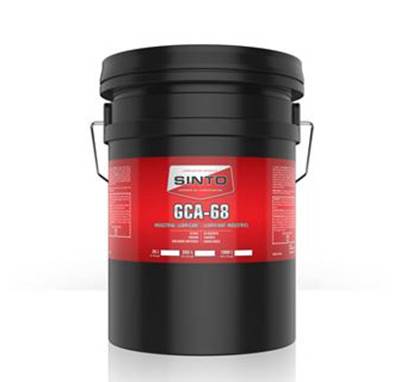Out . 05, 2024 17:20 Back to list
granite surface plate calibration
Calibration of Granite Surface Plates Ensuring Precision in Measurement
Granite surface plates are fundamental tools in the field of metrology, providing a stable, flat reference plane for measuring and inspecting the dimensions of various components. Their durability and resistance to wear make granite an ideal material for a surface plate, but to ensure accurate measurements, regular calibration is essential. In this article, we will explore the importance of granite surface plate calibration, the methods used for calibration, and best practices for maintaining accuracy.
Importance of Calibration
Calibration is the process of configuring an instrument or equipment to provide a standard of measurement known to be accurate. In the case of granite surface plates, calibration ensures that the plate remains flat and free from any defects that could lead to measurement inaccuracies. Even the slightest irregularity or deviation in the surface can result in significant errors in measurements, potentially affecting quality control in manufacturing processes.
Properly calibrated granite surface plates enhance the reliability of measurement results. They play a critical role in various industries, including aerospace, automotive, and manufacturing, where precision is paramount. Over time, environmental factors such as temperature changes, humidity, and general wear and tear can affect the surface plate’s integrity. Thus, calibration is vital for maintaining the standards set by organizations such as ISO and ASME.
Calibration Methods
There are several methods to calibrate granite surface plates, with the most common being the use of electronic levels and laser measurement tools.
1. Using Electronic Levels Electronic levels are sensitive instruments that can detect minute deviations in a surface. Calibration typically involves placing the electronic level on different areas of the surface plate to measure its flatness. The data collected helps identify any high or low spots that need to be addressed.
2. Laser Measurement Laser tools offer a highly accurate means of assessing flatness. A laser beam is projected across the surface, and the reflection is measured at various points. This method allows for a detailed profile of the surface plate, pinpointing any irregularities.
3. Optical Flat Testing This method involves placing an optical flat—an exceptionally flat piece of glass—on top of the granite surface plate. By using monochromatic light, interference patterns can be observed, indicating the flatness of the surface plate. This method is particularly useful for detecting smaller deviations.
granite surface plate calibration

4. Telescope Method A telescope can be used to project a straight line across the granite surface plate while checking for any deviations with precision gauges. This manual method, while more traditional, can also yield reliable results.
Best Practices for Maintenance and Calibration
To ensure the longevity and accuracy of granite surface plates, several best practices should be followed
1. Regular Inspection Surface plates should be inspected regularly for signs of wear, chipping, or surface contamination. A quick visual inspection can help identify potential issues before they affect measurements.
2. Controlled Environment Keep the calibration work area clean and controlled to minimize dust and debris that may accumulate on the surface plate. Temperature fluctuations should also be minimized, as they can lead to expansion and contraction of materials.
3. Proper Handling Granite surface plates should be handled with care. Avoid dropping or dragging tools across the surface, which can cause chips or scratches.
4. Timely Calibration Depending on usage, it is recommended to calibrate granite surface plates annually or biannually, or more frequently if they are subject to heavy use.
Conclusion
In conclusion, the calibration of granite surface plates is a critical practice in maintaining measurement accuracy in various industries. By employing reliable calibration methods and adhering to maintenance best practices, organizations can ensure that their granite surface plates provide consistent and precise measurements. As technology advances, the methods for calibration may continue to evolve, but the fundamental importance of maintaining a stable reference plane will remain pivotal in the quest for accuracy in measurement.
-
Precision Manufacturing with Advanced Spline Gauge DesignNewsJul.31,2025
-
Industrial-Grade Calibrated Pin Gauges for Exact MeasurementsNewsJul.31,2025
-
Industrial Filtration Systems Depend on Quality Filter DN50 SolutionsNewsJul.31,2025
-
High-Performance Gate Valve WholesaleNewsJul.31,2025
-
Granite Surface Plate The Ultimate Solution for Precision MeasurementNewsJul.31,2025
-
Granite Industrial Tools The Ultimate Guide for Bulk BuyersNewsJul.31,2025
Related PRODUCTS









